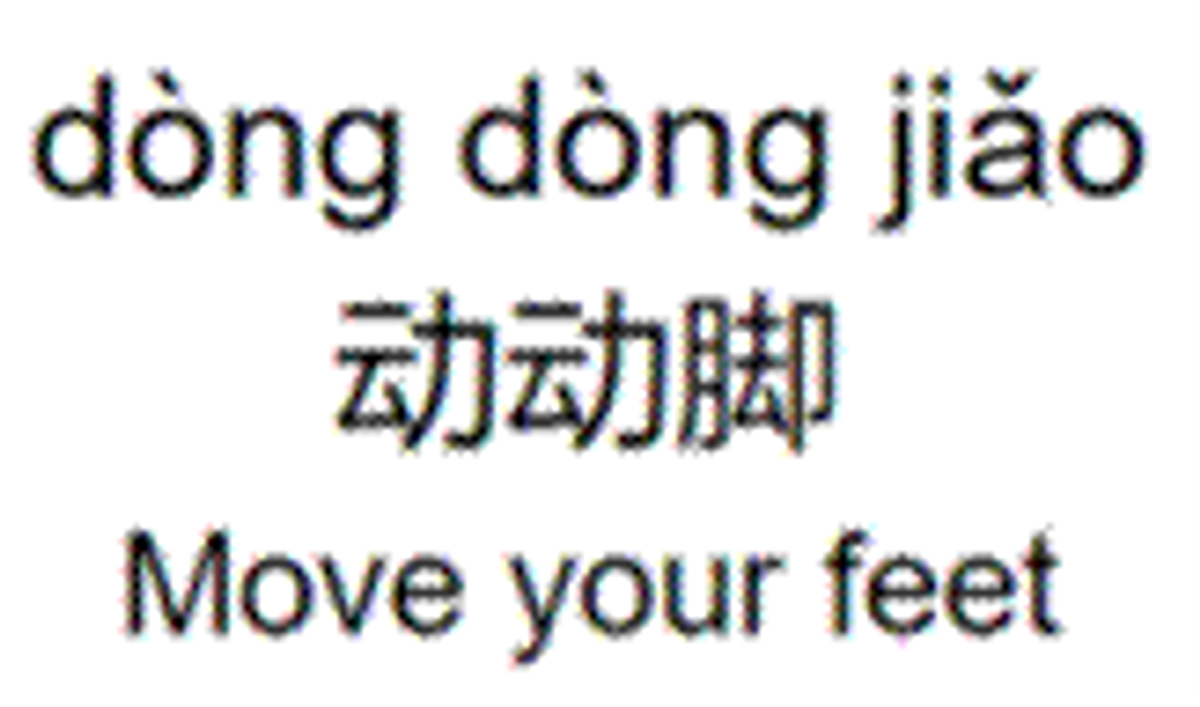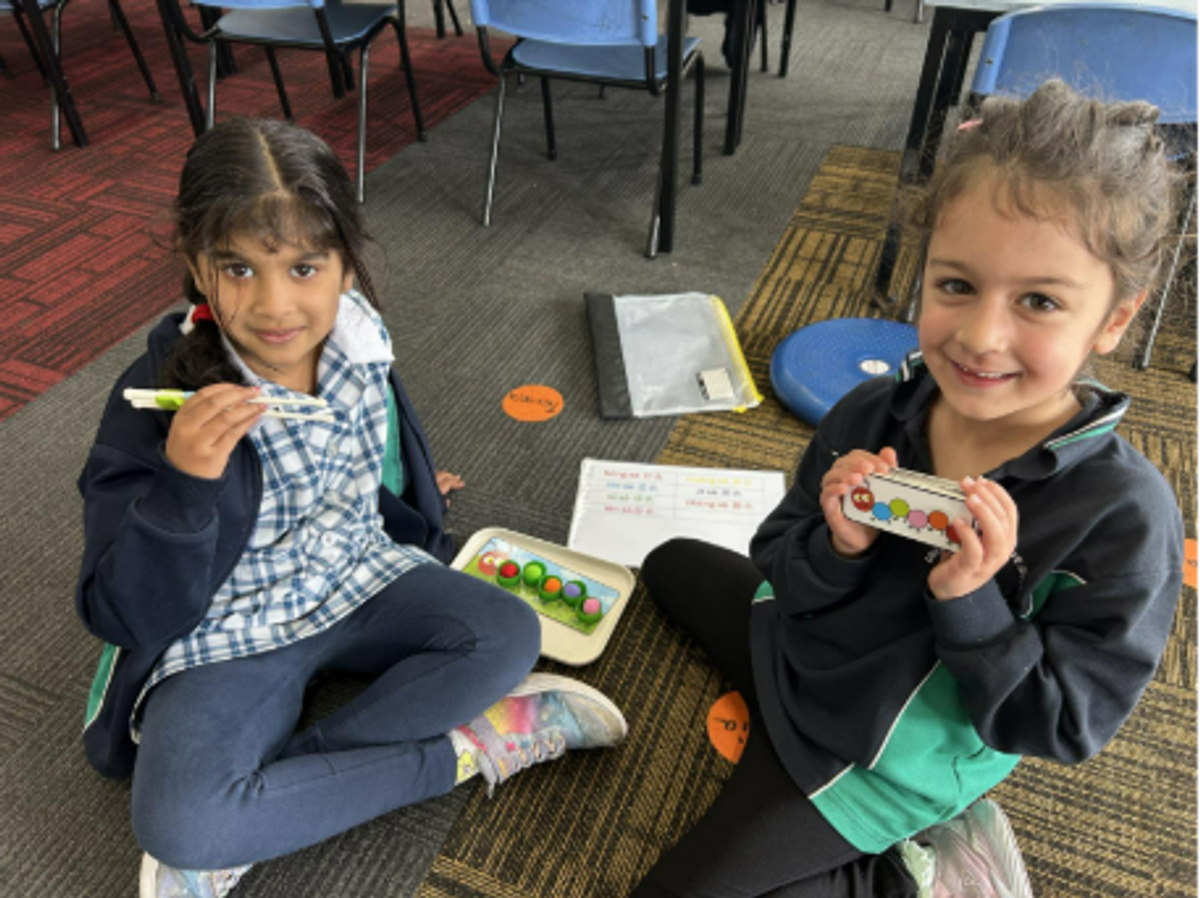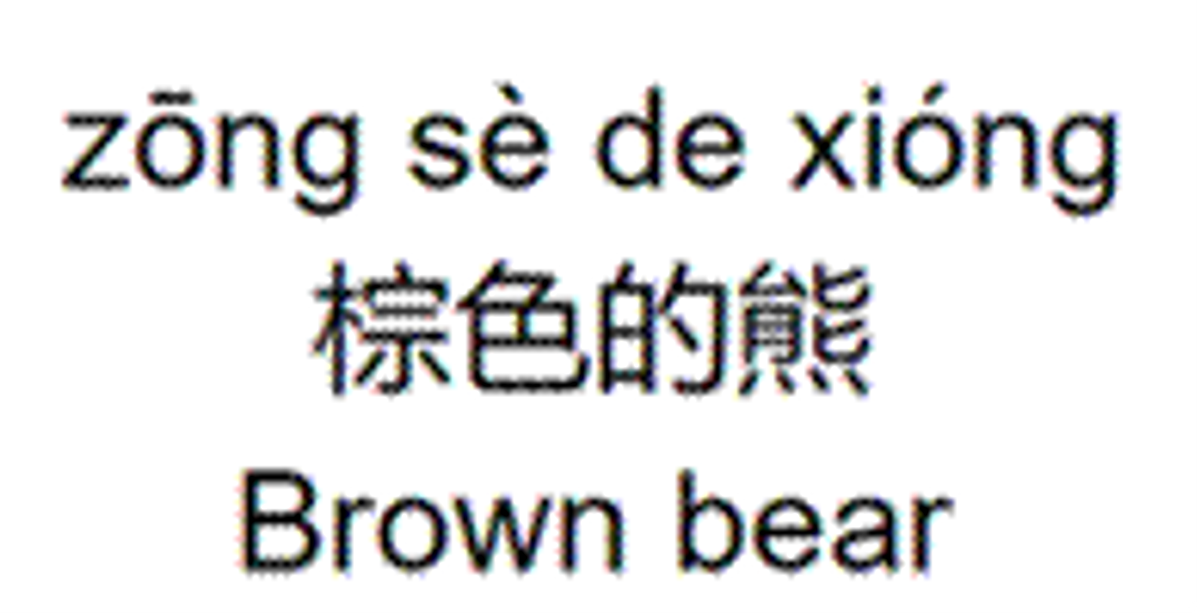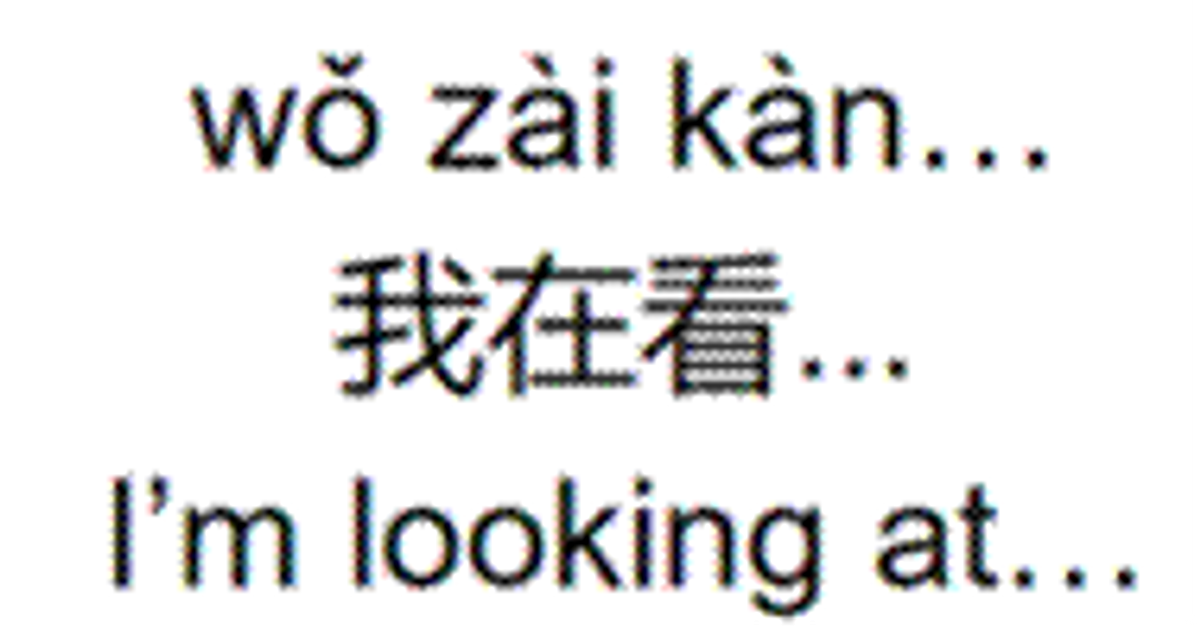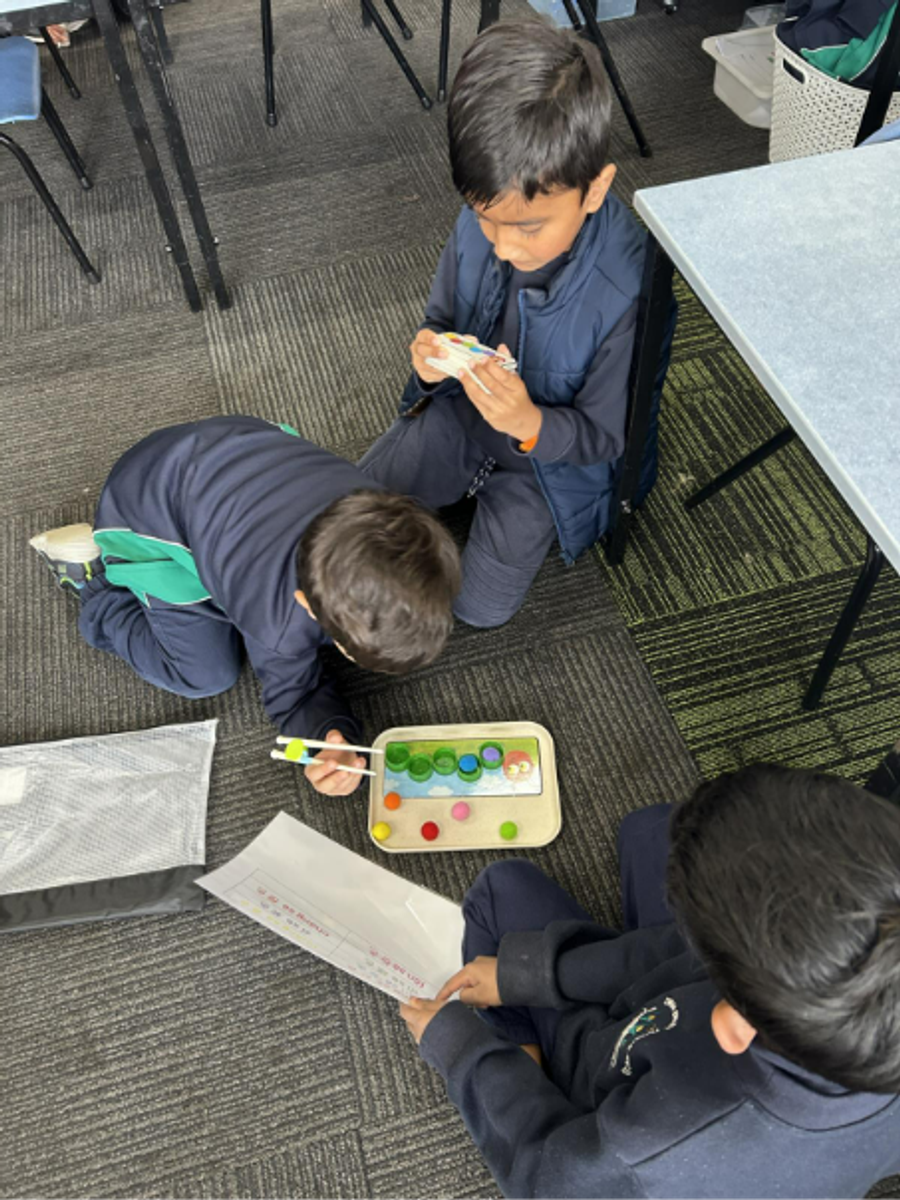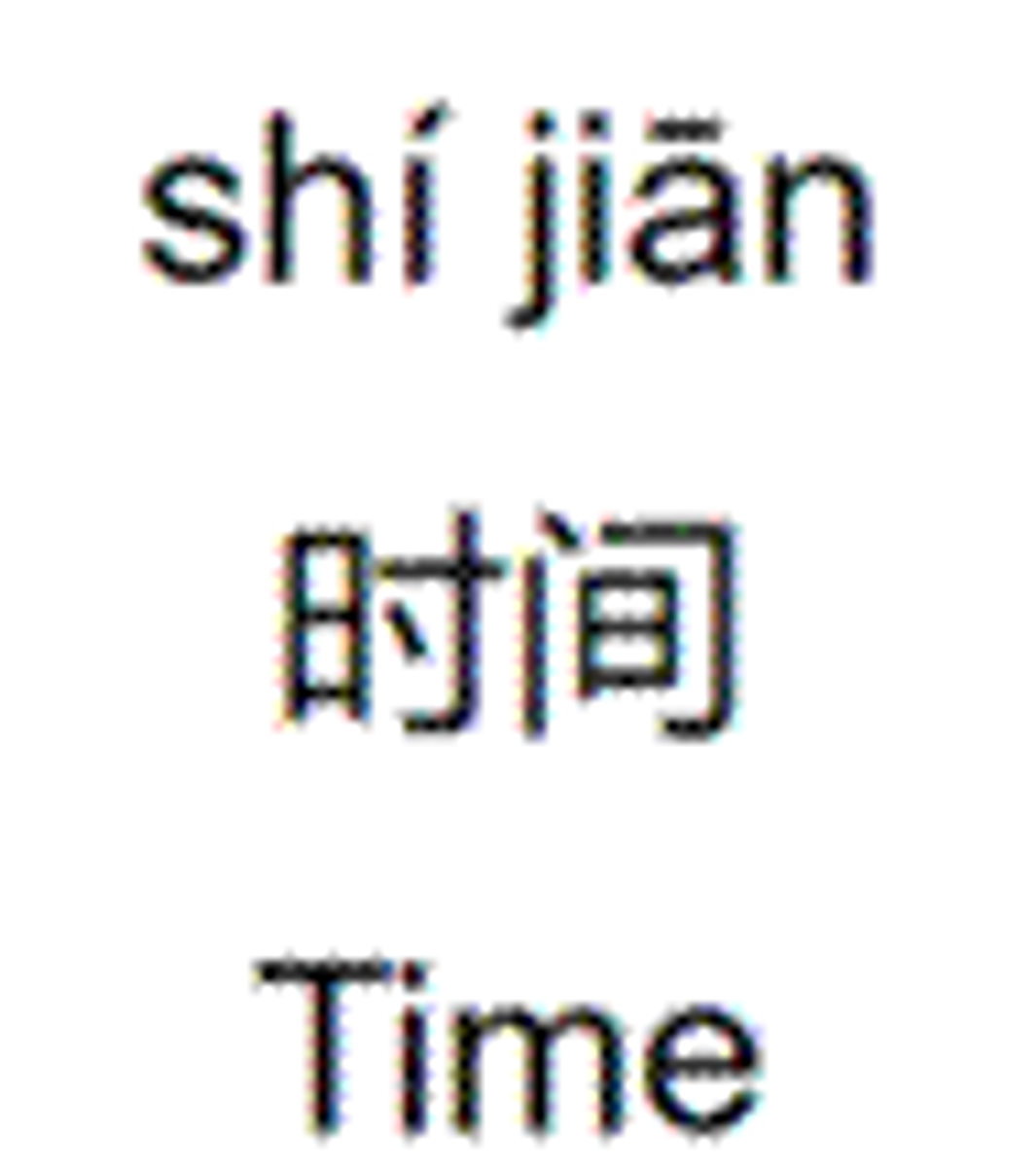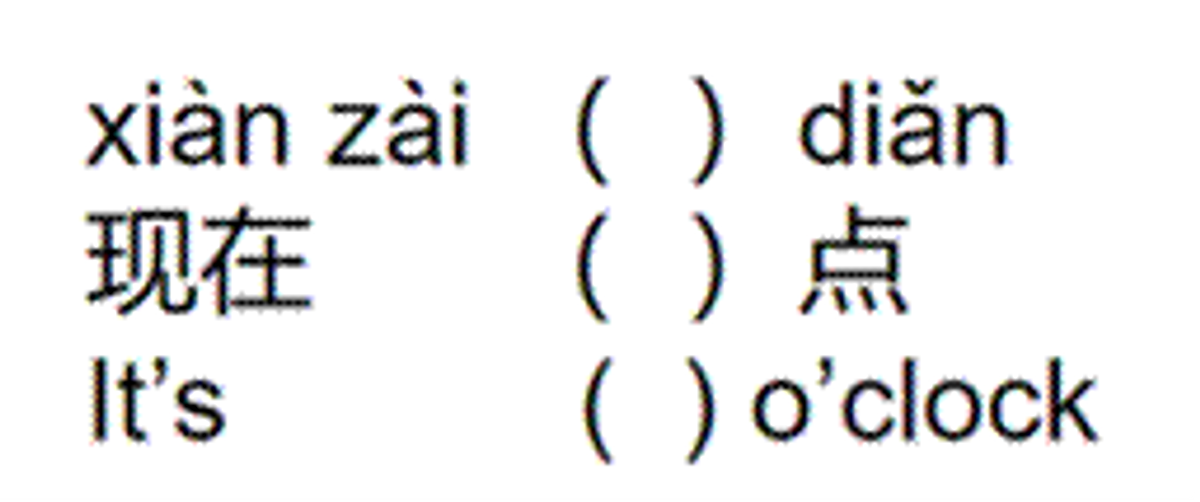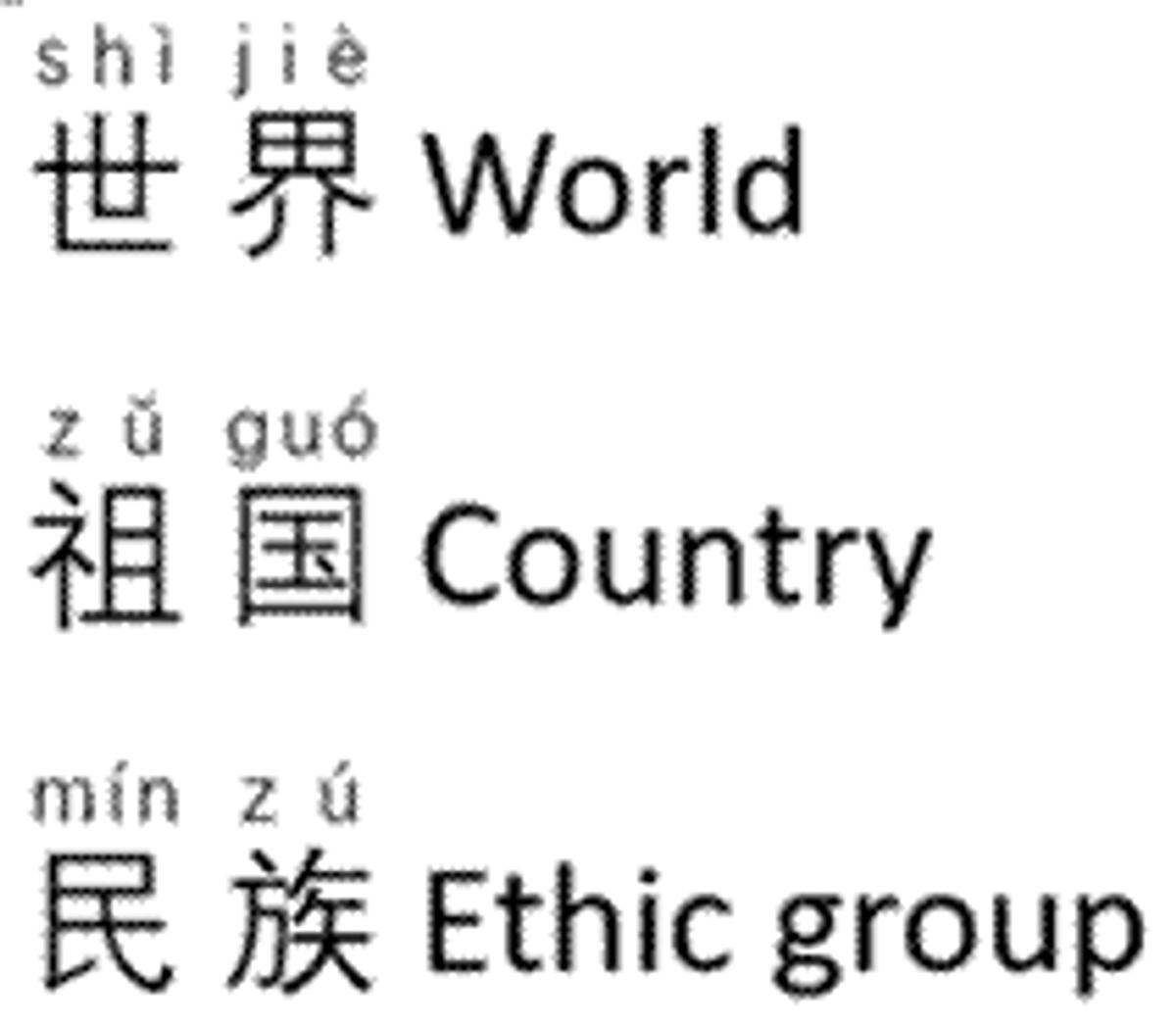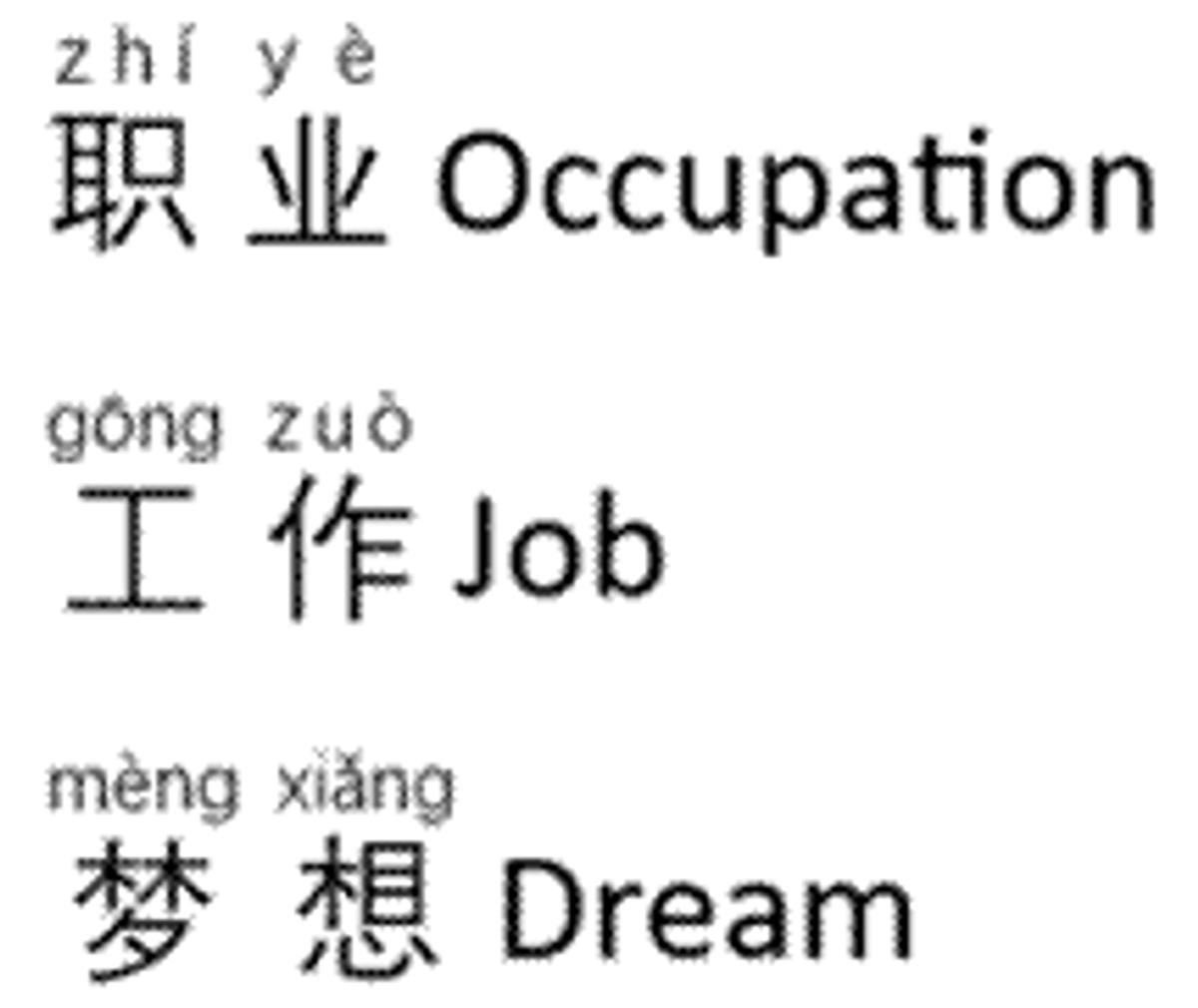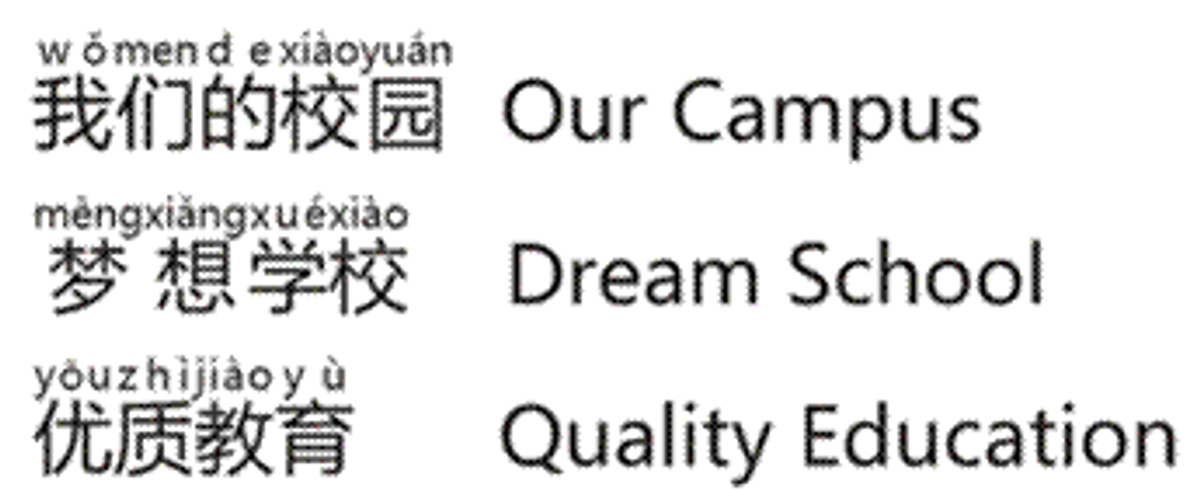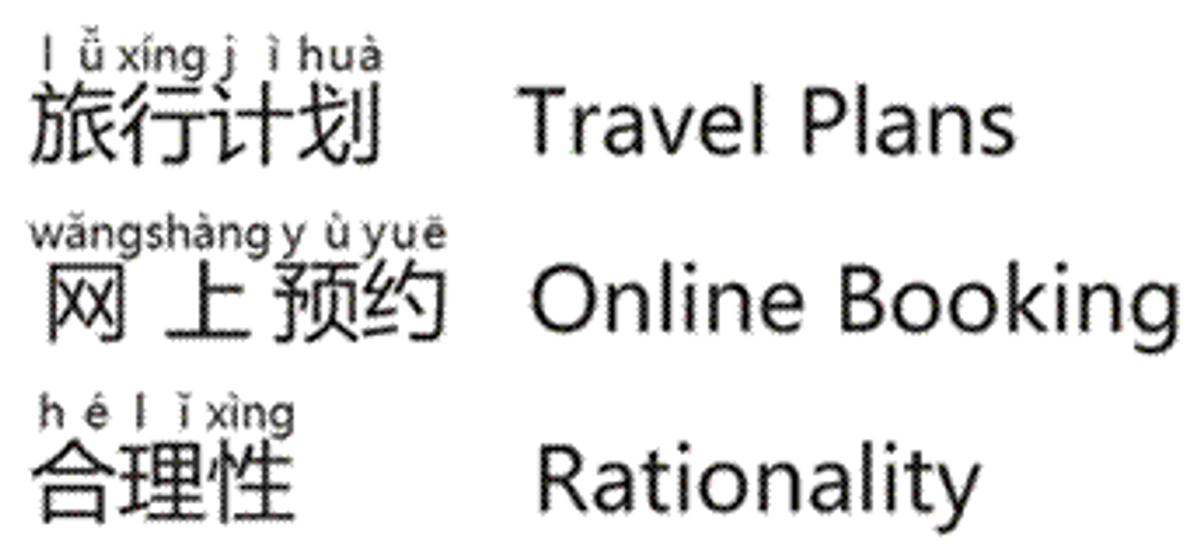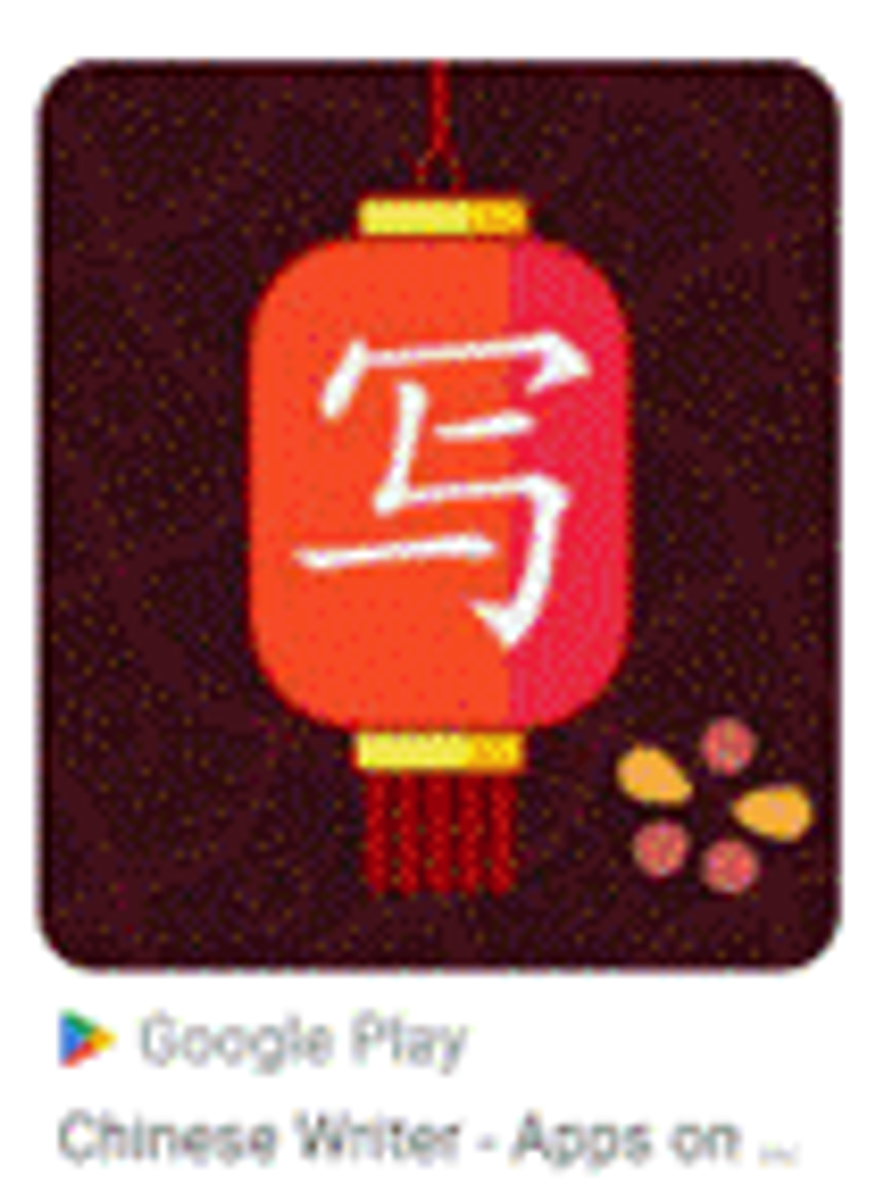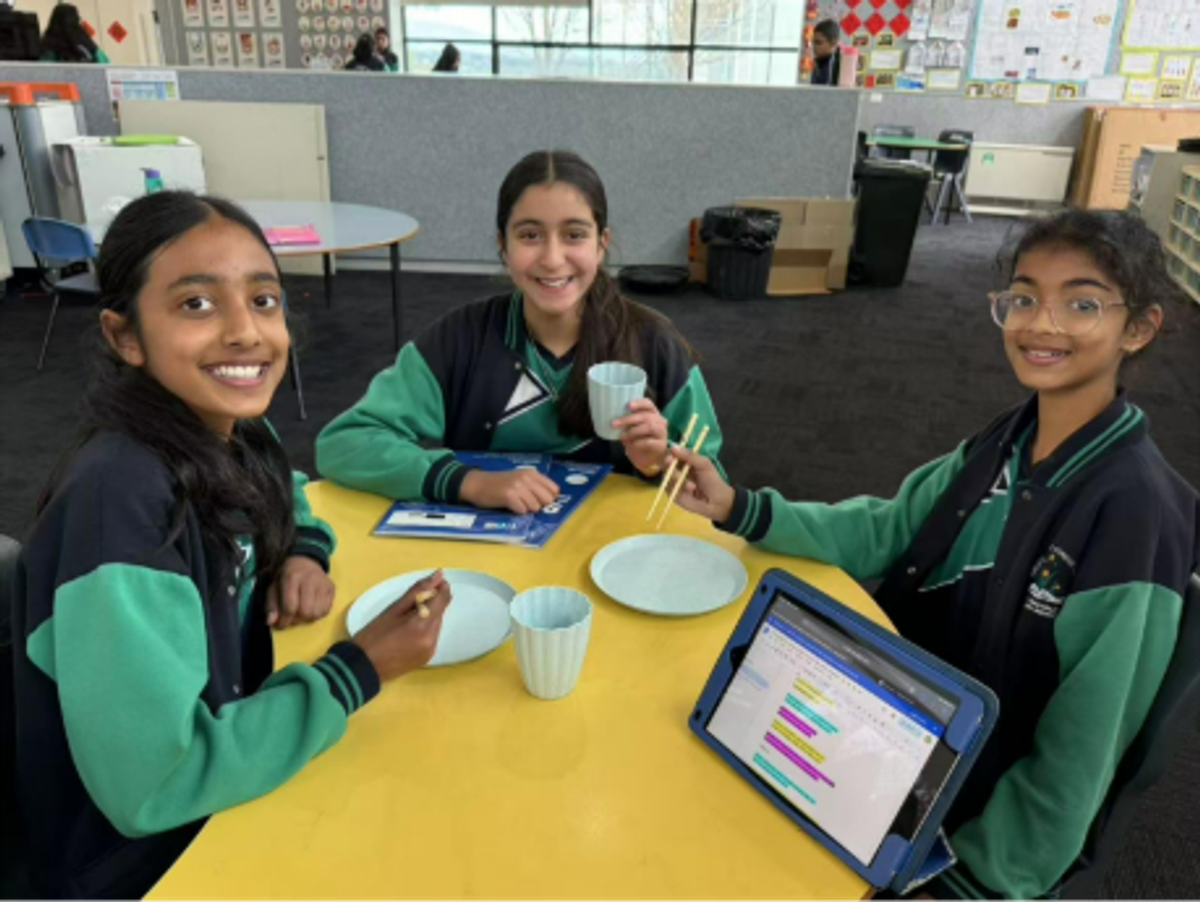LOTE
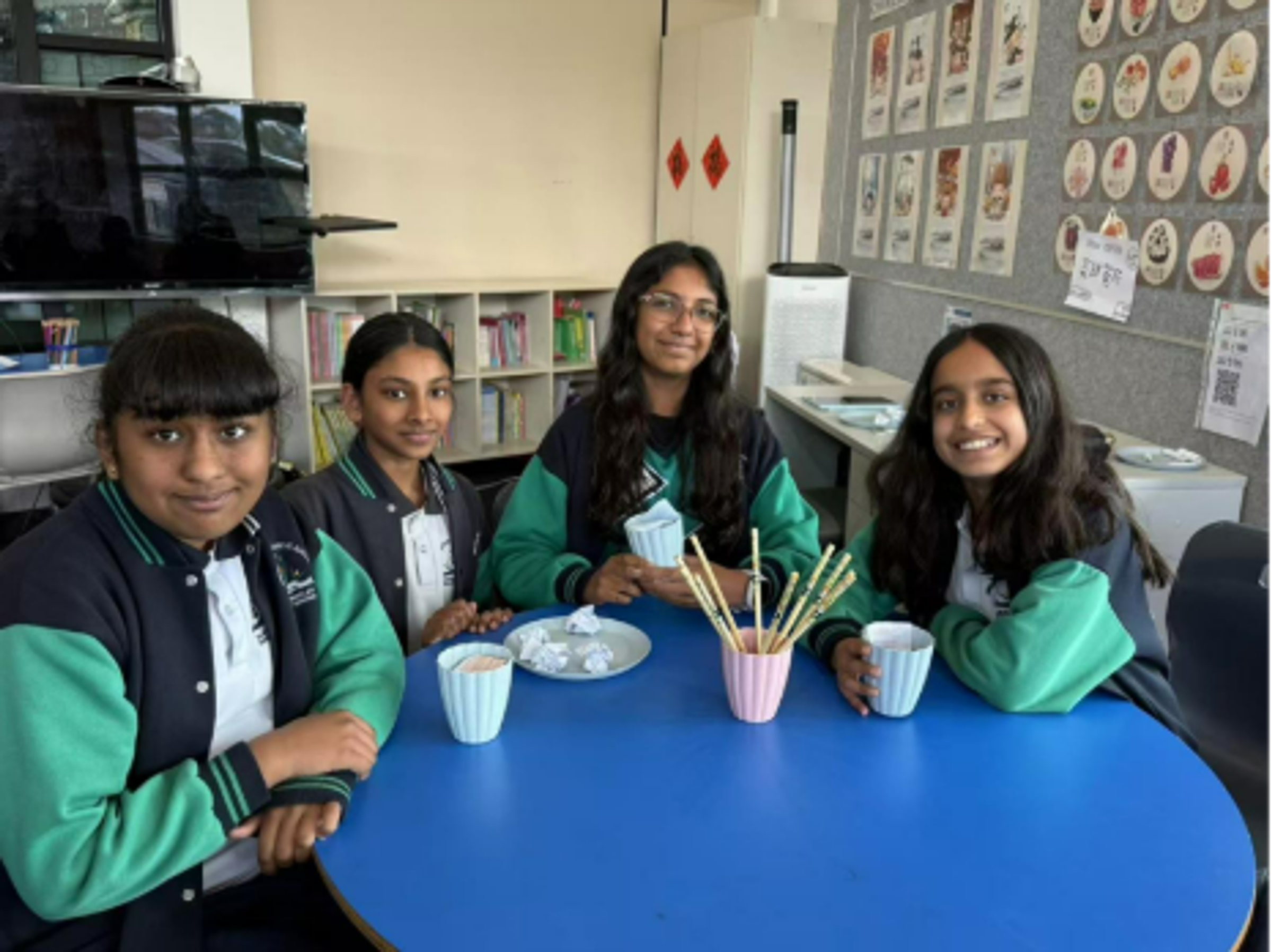
Welcome back to the final term of 2025! We hope everyone in the GWPS community enjoyed a wonderful holiday break. It has been delightful to see the enthusiasm and positivity students have brought into Language classes. This term, students will continue to strengthen their language skills in our multicultural learning environment while developing their Mandarin at different levels. There are many exciting learning opportunities ahead—please see the details below and stay tuned!
Prep
In Term Four, Preps will be introduced to some cultural background knowledge and body parts in Chinese, including head, face, hands, ears, eyes and mouth. Students will keep discovering the ways to express themselves using Pinyin sounds. Through singing songs and playing language games, they will soon develop an understanding of talking about our body parts and demonstrate an ability to apply Chinese language in their everyday life. As a transfer, they will demonstrate their learning by creating their ‘Mr potato’ that contains learnt vocabulary and sentences.
Curriculum links:
- Imitate the sounds, tones, pronunciation and intonation patterns of spoken Chinese, and understand how sounds are produced and represented in Hanzi and/or Pinyin (VC2LC2U01)
Explore and make meaning from sounds, words and phrases for familiar objects or terms in Chinese through play, and discover how languages influence each other (VC2LC2C04)
Key vocabulary:
Year 1
Year One students have started to explore the topic of Animals. In this term, they are expected to build an ability to talk about their favourite animals, such as cats, dogs, fish, birds and rabbits. Students sing songs to practise the pronunciation of key vocabulary and combine them with verbs to comprehend their expression. Through learning words and phrases about Animals, students will create their own animal bookmarks, choosing an animal they like and decorating it with Chinese. This creative project will help them consolidate vocabulary in a fun and meaningful way.
Curriculum links:
- Reflect on how language, culture and identity are interconnected and discuss how Chinese-speaking communities are similar to or different from others (VC2LC2U05)
Participate in a range of guided language activities using formulaic expressions, and visual and spoken cues (VC2LC2C02)
Key vocabulary:
Year 2
In Term Four, students will learn the topic of time in Chinese. They will begin to read the clock and talk about the time. Through playing the game ‘Mr. Wolf, what time is it?’ students will explore and practice the core vocabulary and phrases. They will demonstrate the ability to apply Chinese language in collaborative activities and transfer it to a broader community. To celebrate their learning journey, learners will create their daily schedule by combining this new topic with previous knowledge.
Curriculum links:
- Recognise and explore how Hanzi and/or Pinyin and features of language are used to construct meaning in Chinese (VC2LC2U03)
- Create spoken and written texts using words, familiar phrases and modelled language using some Hanzi with Pinyin as support (VC2LC2C05)
Key vocabulary:
Year 3
In Term Four, Year 3 students will learn how to introduce their cultural background in Chinese. They will explore vocabulary related to countries and nationalities and practise building conversations on this topic. Students will also investigate animals and famous landmarks from different countries and share their findings with the class. To consolidate their learning, they will create a personal booklet that includes information such as their name, age, nationality, where they live, and the languages they speak, drawing on and connecting with their previous learning.
Curriculum Links:
- Identify connections between personal identity, language, and aspects of culture. (VC2LC4U04)
- Locate and respond to key information related to familiar content. (VC2LC4C03)
Key Vocabulary:
Year 4
This term, Year 4 students will focus on jobs and occupations. Learning about different roles will help them express their aspirations while fostering respect for every profession. They will begin by exploring verb phrases related to hobbies and gradually develop these into full sentence structures. From a global perspective, students will deepen their cultural understanding by investigating the most in-demand jobs in different countries and presenting their findings in a variety of formats.
Curriculum Links:
- Create and present spoken and written texts using simple phrases and sentences, modelled textual conventions, and familiar Hanzi and Pinyin. (VC2LC4C05)
- Participate in activities using a range of familiar phrases and modelled structures. (VC2LC4C02)
Key Vocabulary:
Year 5
This term, Year 5 students will focus on using complex sentence structures in Chinese to describe their school and learning environment. As part of an inquiry study, they will explore similarities and differences between schools around the world, sharing their opinions on what makes a quality education. Students will learn the vocabulary and sentence structures needed to provide detailed information about their school. They will then design their dream school and create a poster or brochure in both Chinese and English. Opportunities will also be provided for students to present their designs and promote high-quality educational programs to the whole class.
Curriculum Links:
Create and present spoken and written texts, using a variety of vocabulary, modelled sentence structures and conventions appropriate to text type, using familiar Hanzi with Pinyin as support (VC2LC6C05)
Identify cultural features in language use and explain differences between Chinese and English practices. (VC2LC5U03)
Year 6
This year, students have explored a range of topics in Chinese, including shopping, clothing, cities in China, major cuisines, dining etiquette, and everyday conversations. In Term Four, they will build on this knowledge by creating a comprehensive travel plan in Chinese. Working in teams, students will apply problem-solving and cross-cultural skills to design plans that cover visas, flights, accommodation, itineraries, weather, and packing. As part of the project, they will also develop a personal travel dictionary.
To showcase their learning, students will choose from a variety of presentation options. These may include producing evidence such as a passport, packing list, tickets, travel budget, or a local food menu.
Curriculum Links:
Participate in extended interactions using familiar and some new vocabulary and sentence structures. (VC2LC6C01)
Identify cultural practices and explain their influence on language use. (VC2LC6U03)
Key Vocabulary:
How can you support your child’s Language Education learning at home?
- Sing or exposure to Chinese Songs to gain interest in the language
- Practice writing Chinese characters via App “Writer”
- Borrow bilingual Chinese storybooks from the school library or local library


